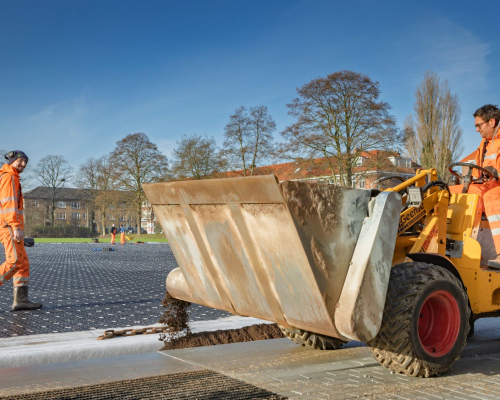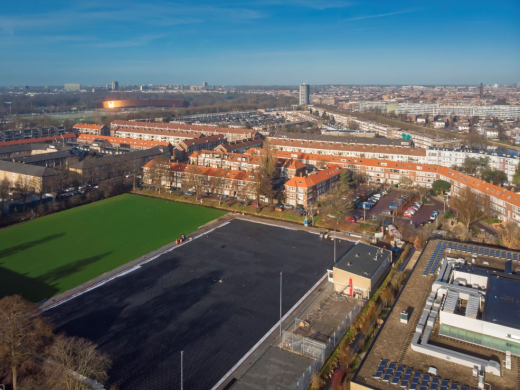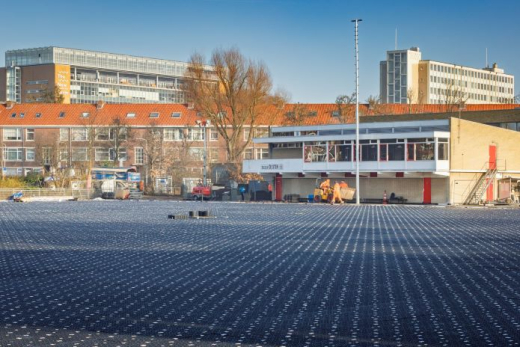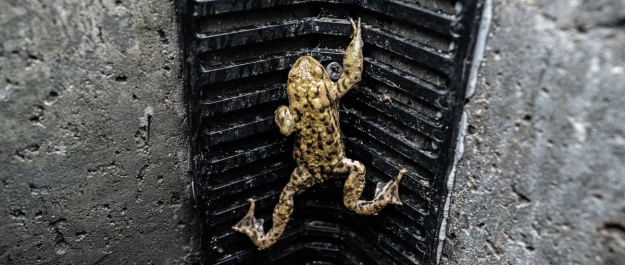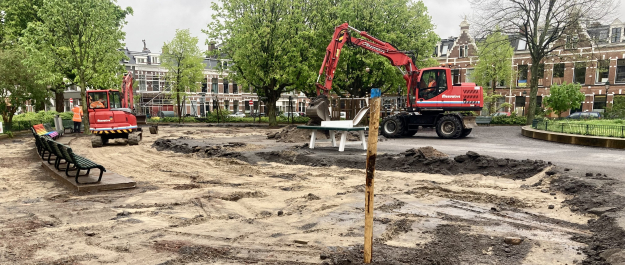Moerwijk, a neighbourhood in the Southwest region of The Hague is inaugurating in April 2025 the first multifunctional field of the Hague with a cooling down system and water management storage beneath the playing surface. Formed by 2 fields, it will store between 1200 and 1400 m3 water. This will create a cooling system in summer and it solves the flood problems from the past when large volumes of rain could not drain properly.
Sustainable Sports Fields
Klaas Wapstra is the civil engineer and work planner working for the City of The Hague and responsible for sport pitches at sports parks in The Hague. The last two years their focus increased towards sustainable solutions. He is coordinating this sustainable project that utilizes crates to store and regulate the water, ultimately addressing urban water challenges and simultaneously offering a social solution.
“Historically, the emphasis in sports field construction has been on functionality rather than sustainability. However, this new project is spotlighted by an opportunity with extra benefits – the creation of a multi-field that not only introduces local children to the sport but also serves as a water buffer during heavy rainfall and a cooling mechanism during hot summer months.”
Tackling Water Management Challenges
In the past, the pitch faced issues of waterlogging during heavy rains, as excessive rainwater caused the surface to flood. Additionally, summer heat rendered the pitch extremely warm, and the nearby small canal, which was used for drainage, suffered from stagnant water and unpleasant odors.
Water buffer
The new system ingeniously addresses these challenges. Beneath the field, a network of small crates is topped with a 3 cm foam layer containing glass wool. This foam remains perpetually wet due to a regulated flow of stored water. As the water evaporates, it cools the playing surface, ensuring a comfortable temperature even in the peak of summer.
There are two fields, an artificial hockey field and a natural grass soccer field. In the middle of these fields an additional buffer of about 40 m3 is positioned underground, between the two pitches. The drains pipes underneath the natural grass field are 90 cm below the top layer, consistently drawing groundwater and ensuring a steady supply of water for evaporation. Even more, during hotter periods, the buffer maintains moisture in the foam layer, allowing continuous cooling.
Unlike other similar projects, this field guarantees cooling functionality by maintaining a constant water supply in its underground buffer. This ensures that even in dry spells, the pitches remain cool and playable.
Making sports accessible to the community
Beyond its technical advantages, this project is also a social initiative. Located in an socio-economic challenged area of The Hague, the field is part of a broader effort to make sports more accessible to the community. With few hockey facilities in the neighbourhood, the initiative, supported by the ‘Living Lab buurtsportvereniging Moerwijk-Noord’, The Hague University of Applied Sciences (HHS) and the Hockey Foundation, aims to engage more children in the sport while promoting environmental responsibility.
The project commenced with a desk study in early 2024, followed by on-site work in the summer, while the grand opening is scheduled for April 17, 2025.
"With these new sports fields in The Hague Southwest, we’re not only investing in healthy lifestyles and community spirit, but also in smart, sustainable solutions. Thanks to the underground water storage, these fields can literally cool down the neighbourhood while creating a water storage solution — showing how sport and climate adaptation can go hand in hand."
About Sportpark ‘De Ster’
Sportpark ‘De Ster’ has been the home of SCSV De Ster since 1992. The club was originally founded in 1975 by a group of Javanese football enthusiasts, including N. Kartodimedjo, K. Amatsaleh and J. Atmopawiro, with the goal of creating a space for sport and cultural connection. After years of sharing facilities with other clubs, the municipality designated this site as the club’s official base. While its roots are Surinamese and Javanese, Sportpark ‘De Ster’ has grown into an inclusive space that celebrates a wide range of cultures through sport and community events.
Other news

What does a future-proof museum look like?
Museon-Omniversum Southwest a museum in a socio economic challenged neighbourhood searches the interests of locals and adopts quickly to their interests.
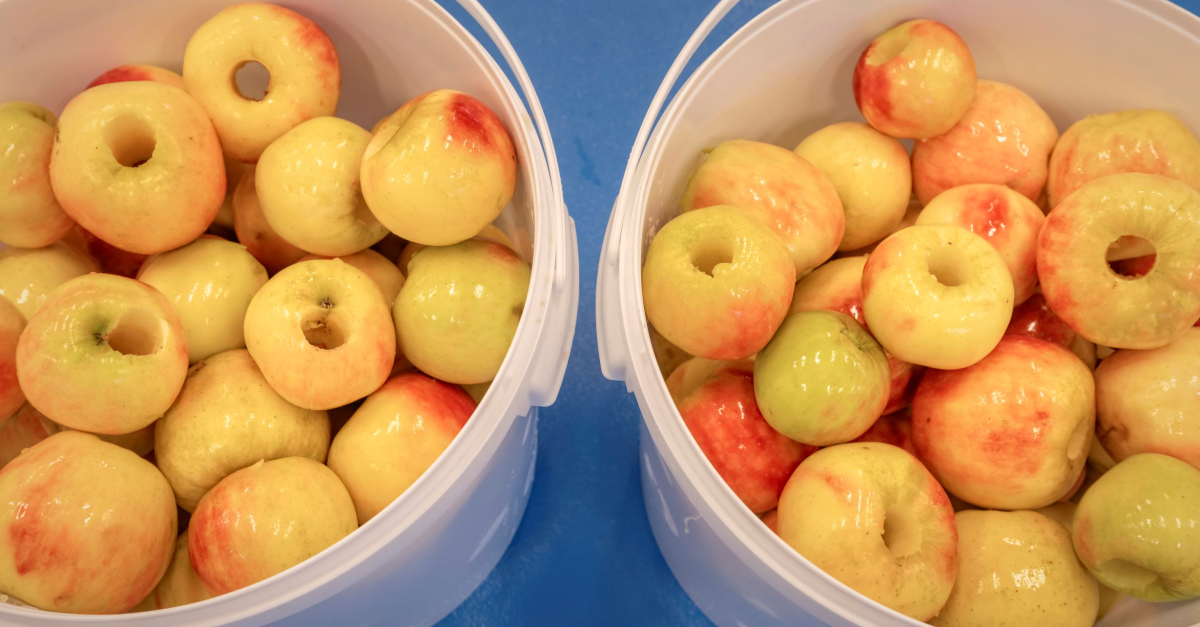
The first zero waste factory of the world focuses on total value
The first zero waste factory of the world focuses on total value ...
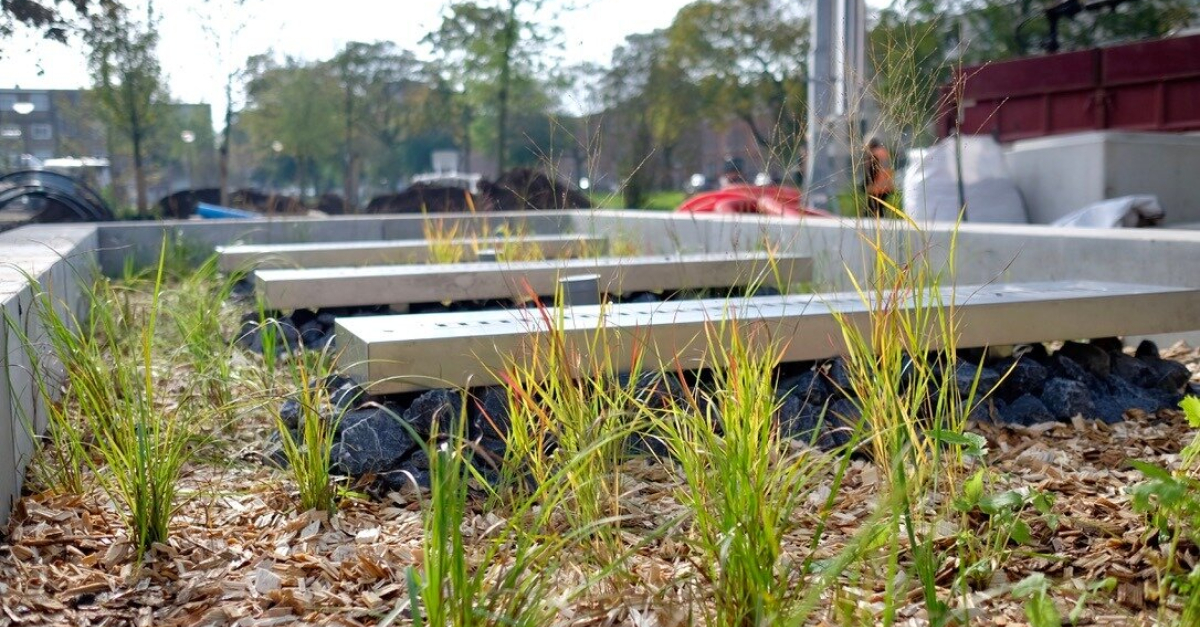
The Hague to tackle water scarcity and water quality challenges
The Hague joins the EU Urban Agenda to tackle water scarcity and quality challenges, promoting sustainable urban water resilience through collaboration.
